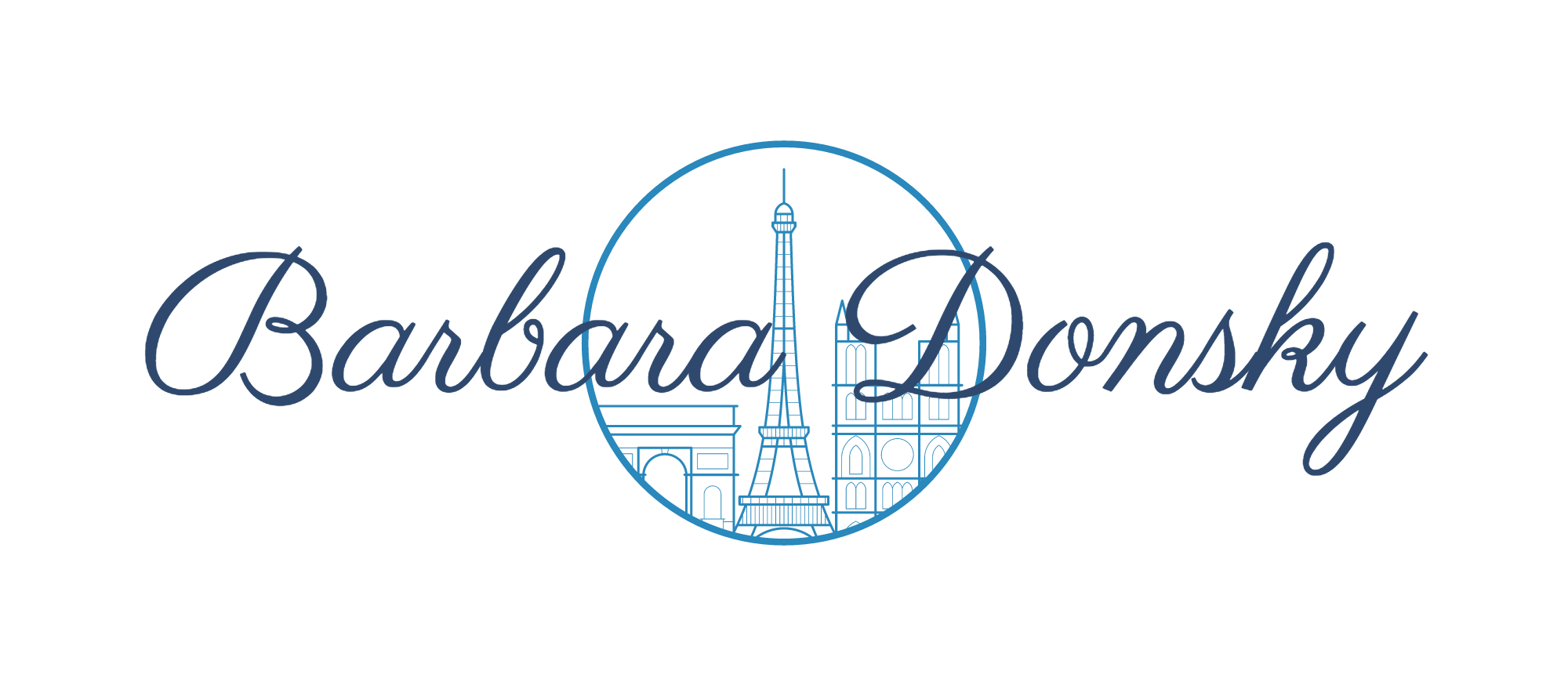Let's Go to the Movies! Let's Go to the Louvre!
German troops Inspecting the Louvre
Francofonia, the latest from the Russian filmmaker Alexander Sokurov, is a mediation on the twisted threads of culture, politics, history and art. At the opening, we find the director in his cramped book-lined study, talking via Skype with Captain Dirk, who’s piloting an ocean-going cargo ship that's foundering in high seas. Heavy-laden with priceless artworks from a museum, the ship begins taking on water, endangering both cargo and crew.
What will happen? Will the crew jettison the irreplaceable artifacts to better their own chances of survival? Will they and their cargo be swallowed by the sea? Beset by dangerous storms, the ship serves as a metaphor of civilization, posing the question: What's to become of the glorious remains of past civilizations?
The film quickly switches to Paris, specifically to the Louvre. The year is 1940, with the Germans advancing on the city. Fearing for the survival of the treasures in the Louvre, the civil servants—led by Jacques Jaujard (Louis-Do Lencquesaing) the director of the Louvre—have hidden the paintings in a chateau in the countryside. By the time the Germans enter the Louvre, the museum is a magisterial building shorn of its treasures.
Jacques Jaujard -- Director of the Louvre
In charge of administering the Louvre for the Germans is the cultured Count Franz Wolff-Metternich (Benjamin Utzerath) who puts himself at risk to protect the collection. Notwithstanding orders from Berlin, the Count stalls until 1943, when he is ordered back to the Rhineland. In another time, these two men, visibly wary of one another, might have been friends.
When Sukurov turns his lens to Russia, we see that the Nazis have trashed and looted the Hermitage. There are chilling scenes of Leningrad, with frozen bodies left lying on the street, with no one to protect the Russian treasures or its people.
Soon enough, Sokurov bring us back to the Louvre where Napoleon (Vincent Nemoth) and Marianne (Johanna Korthais Altes), the figurehead of France, are wandering the near-empty galleries. Marianne whispering: Liberté, Equalité, Fraternité.
Meanwhile, searching for paintings of himself, Napoleon says: “C’est moi!” Even when gazing at the Mona Lisa, he pauses long enough to give us a sly look, again repeating: “C’est moi!” All the while bragging about the treasures he brought back from conquered lands, the same works that might end up in the hands of the Nazis.
Interspersed is documentary footage of a self-satisfied Hitler riding through Paris in an open-car, remarking that everything is there, just as he had expected
Taken as a whole, what does it mean? There's a good deal to think about. Especially now, with Islamic State laying waste to anything that hints of other civilizations—of polytheism, of Christianity, of Muslim holy sites not to their liking. In Palmyra, Syria, shrines, temples and monuments have been obliterated. In Bamiyan, Afghanistan the colossal Buddhas that stood for 1,500 years were dynamited. And Nimrud, one of the most important archeological sites in Iraq, has been wiped away.
Perhaps if more people saw ‘Francofonia’ there might be a groundswell to stop these ‘war crimes,’ stop the wanton destruction of the cultural heritage of the Middle East. What's indisputable is that the art treasures of a nation and its women have from time immemorial been the spoils of war.
Switching topics, if I may, I wanted to say I'm excited about the fresh new face of the Barbara Donsky website. Hats off to my wonderful website designer, Beth Beauchamp! If you have a minute, do check it out. Under 'News & Events,' there is a podcast I recorded with JenningsWire a week ago about Veronica's Grave. It was great fun; hope you enjoy it. Leave a comment, let me know what you think.
That's it for today, Guys and Gals. Hope to see you back here next Sunday. I'll have the coffee waiting. Remember: Sharing is caring! Merci beaucoup.



